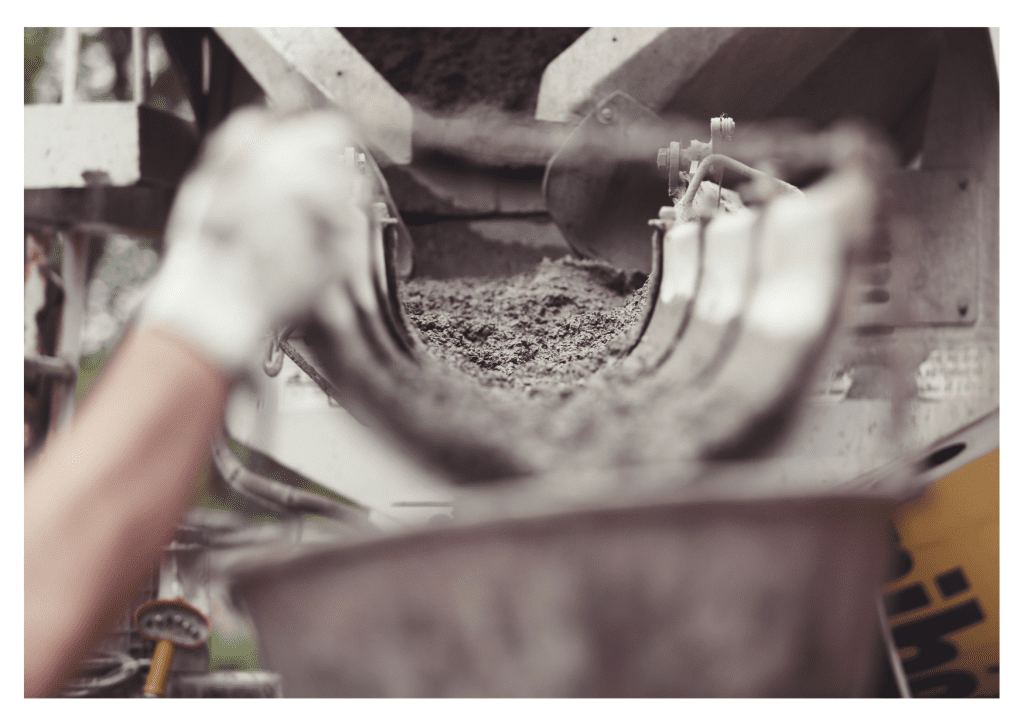Many clients have asked us about embodied carbon of construction materials. Not only is this interesting for understanding complete carbon emissions from operations, but it also will be a factor (amongst many others) in deciding between refurbishment or demolish and rebuild.
Discussions over embodied carbon often revolve around academic studies involving life cycle analyses. Fortunately, a Government-backed methodology exists for material use which makes things a little easier.
We took the opportunity to test out the methodology for homes and here’s what we found.
First off, we needed to know the amount of materials used. As this was just an initial experiment with the methodology, we used some waste statistics as a proxy for estimating the amount of materials going into a retrofit/repair. The assumption being that whatever has come out of a house in the form of waste, has been replaced by new material. We also added on an amount for packaging. For a new build home, we simply estimated the weight of materials in a home based on the volume of the building elements to perform a very simplified calculation.
Then we applied the average embodied carbon figure for construction materials for the following results.
| Source of material | CO2 |
| Retrofit/repairs | 0.009 tonnes per home managed |
| New build | 8.4 tonnes per home built |
This has a number of implications:
- When we compare these figures to our previous calculations for housing stock and operational carbon emissions that we have done for scores of social landlords, embodied carbon amounts to ~6% of total emissions.
- Using this basic calculation, if older, energy inefficient homes are demolished and replaced with a net zero new build, the carbon payback is would be around 3 years. However, other studies indicate the embodied carbon in a typical new home could around 50 tonnes[1]. This does change the carbon payback period to around 18 years but this falls within time period for achieving net-zero
- These figures could start to influence discussions on materiality of embodied carbon for ESG reporting
In any case, with methodologies available, it should be easier for organisations to engage with their supply chain to a) gain the relevant CO2 figures and b) encourage them to make CO2 reductions in construction materials even if that means they themselves engaging with their own supply chain.
Regardless of whether or not embodied carbon in construction materials is “material” or not, it is crucial for organisations to engage with their supply chains on environmental issues. Once the supply chain knows that organisations are interested, they are more likely to respond to the challenge.
This was a quick calculation, but if you are interested in doing more detailed embodied carbon work for your stock and/or housing project, or even interested in engaging with your supply chain, then please get in touch.
[1] https://www.world-habitat.org/wp-content/uploads/2016/03/New-Tricks-with-Old-Bricks1.pdf

